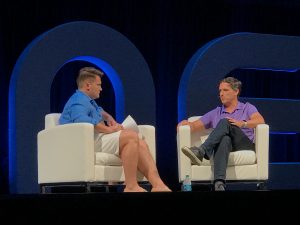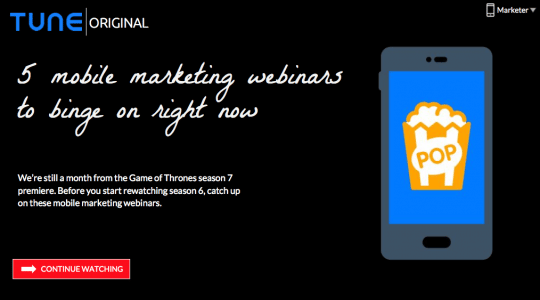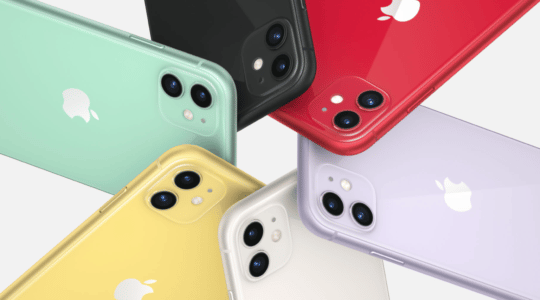
You’re a mobile app developer, and you use a third-party attribution tool like TUNE to know where your installs are coming from and how to optimize them. But there’s always an annoying divergence between what Apple’s internal search ads metrics show and what TUNE tells you.
What gives?
Apple VP Todd Teresi shared the reason at Postback, TUNE’s annual mobile conference.

Apple VP Todd Teresi with TUNE CEO Peter Hamilton
Essentially, there are three reasons why the numbers differ.
First, 15-20% of users have flipped the switch on Limit Ad Tracking, Apple’s anonymization technology. Most of them want privacy, and have serious fears or concerns about tracking technologies. Apple strips those numbers out from KPIs it delivers to developers or attribution partners via its API for privacy reasons, but does include them anonymously in its own metrics.
Second, some percentage of Apple’s numbers include re-downloads. This people who install the app, delete it, and then re-install it for whatever reason. In some cases, this is annoyance with the app, then re-discovery of its value. In others, it’s a strategy required by limited storage space on a smartphone. But for most, it’s a scenario like the one Teresi highlighted: a dating app.
You find someone, delete the app to show your undying love and devotion from now until the end of time … and two months later you’re back on the market. Cue app re-install! But … attribution tools know that you’ve already installed it without necessarily seeing the uninstall, so it doesn’t register.
Third, there is sometimes serious open latency between install and first launch. This can be a day or two when we get distracted; it can also legitimately be weeks or even a month in some cases, Teresi said.
Add it all up, and you can have significant deviance between Apple’s numbers and TUNE’s: from 25,000 installs to only 14,000.
There is some good news coming, however.
Teresi said that Apple is committed to working with TUNE to make the variance more obvious in its API and metrics that it provides, which will help developers see the various drop-offs and inconsistencies in context.
And that will give you the true, contextualized attribution picture.
Author
Before acting as a mobile economist for TUNE, John built the VB Insight research team at VentureBeat and managed teams creating software for partners like Intel and Disney. In addition, he led technical teams, built social sites and mobile apps, and consulted on mobile, social, and IoT. In 2014, he was named to Folio's top 100 of the media industry's "most innovative entrepreneurs and market shaker-uppers." John lives in British Columbia, Canada with his family, where he coaches baseball and hockey, though not at the same time.




Leave a Reply
You must be logged in to post a comment.